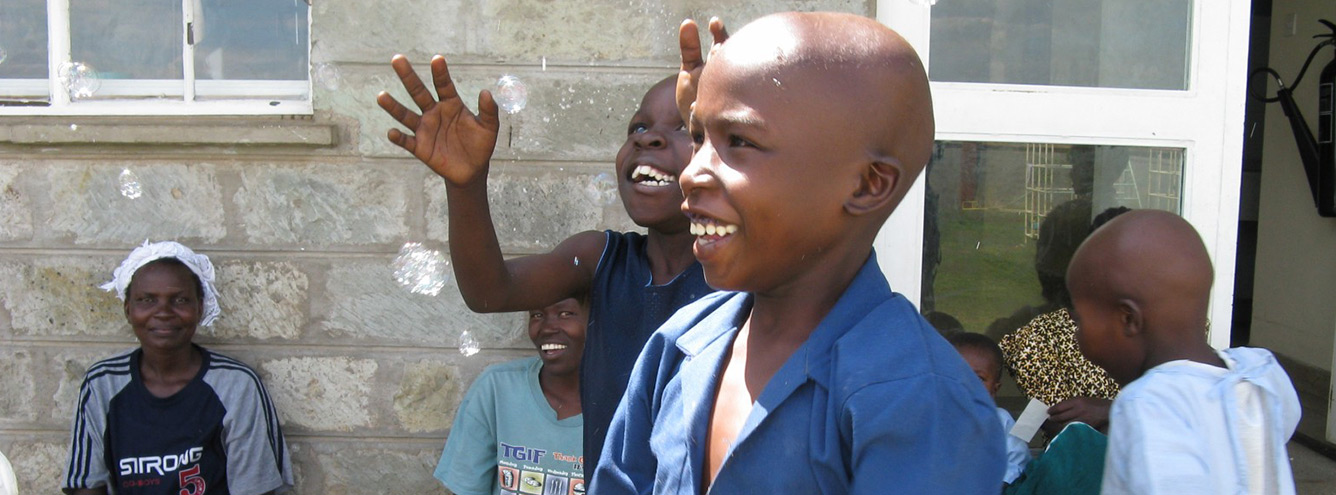Collaborative care guidelines improve outcomes for children, survivors, and families.
When doctors and other health care professionals work together and follow clear, evidence-based guidelines, children with retinoblastoma receive more timely and effective care. But today, there is no universal agreement on how best to diagnose, treat, and support children and families, and survivors throughout life.
Without agreed standards, care is inconsistent and often confusing. Families are left to make life-altering decisions without clear guidance.
We support the development and use of national best practice guidelines to promote consistent, high-quality care and encourage stronger, more focused research around the world.
The Challenge
In High-Income Countries (HICs), retinoblastoma care has improved dramatically over the past 50 years. Survival rates are now over 96%, and vision outcomes continue to improve. But even in these countries, there is still no agreed standard for vital aspects of care including screening, referral and diagnosis, treatment, genetic testing, follow-up, and survivor care.
Without clear guidelines:
- Many children and survivors receive sub-optimal care.
- Families face confusing, conflicting treatment options.
- High-risk survivors lack coordinated long-term care.
- Opportunities for strong, consistent research are lost.
In Low- and Middle-Income Countries (LMICs), the absence of structured care pathways has even greater consequences. Limited resources, late diagnosis, and fragmented care contribute to low survival and more children losing their sight.
Our Solution
We champion the creation and use of national, collaborative best practice guidelines for retinoblastoma care.
These guidelines are built through consensus, drawing on the best available scientific evidence and clinical experience. They define consistent, high-quality care across the full Rb journey – from before diagnosis through treatment and lifelong follow-up.
Clear standards also highlight gaps in knowledge, helping researchers focus their efforts where they’re most needed.
Two powerful examples demonstrate the impact of guidelines:
Canada
In 2009, the Canadian National Retinoblastoma Strategy Group published the world’s first national retinoblastoma care guidelines. Developed by specialists, parents, and survivors, they address screening, diagnosis, genetics, treatment, follow-up, psychosocial support, research, and advocacy.
Kenya
Inspired by Canada’s model, the Kenya National Retinoblastoma Strategy developed guidelines tailored to local needs and resources. Adopted by the government in 2014 and folded into the country’s National Cancer Strategy, they are now followed nationwide.
Both sets of guidelines were reviewed by international expert panels and are updated regularly to reflect new knowledge and evolving best practices.
Impact of Best Practice Guidelines
Best practice guidelines have the power to transform care around the world. In Kenya, survival rates rose from 26% to 70% within 10 years of implementing the national guidelines.
These frameworks:
- Educate healthcare workers and improve early referral to expert care.
- Help families navigate complex care decisions with confidence.
- Encourage collaboration among treatment teams.
- Enable more consistent, high-quality care and support.
- Lay the foundation for strong, targeted research.
The Canadian and Kenyan guidelines are cost-effective, scalable models that can be adapted for use in other countries. By uniting around shared standards, we can close the gap in care and ensure that every child with retinoblastoma – no matter where they live – receives the best chance of life, sight, and life-long wellbeing.


